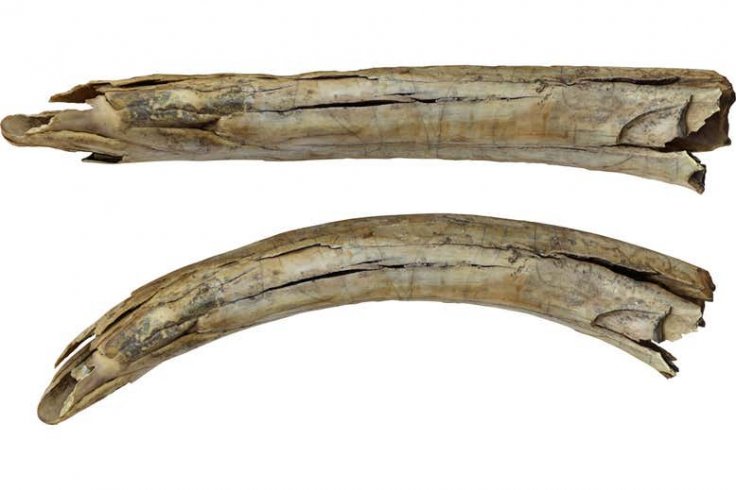Engravings of camels on a mammoth tusk were found in 1988 nearby the Tom River in Western Siberia during some construction works. Later, it went to Tomsk State University to be preserved. Strangely, the development remained unknown to many experts until recent times.
Archaeologists from Russia, France, and Monaco used radiocarbon dating and found that these tusks were more than 13,000 years old, securing its place among the most ancient drawings of animals found.
The engravings on the surface of these pre-historic tusks showed two-humped camels arranged in two pairs along with "arrows and wounds within the contours of the animals," according to the research paper published in the journal, Archaeology Research in Asia.

The tusks were 1.5 meters long. The research team believes that the work depicts how hunters disguised themselves as camels to get closer to the beasts to kill them. Also, the camels locked in a fight are believed to represent the beginning of the mating season, a crucial stage in the cycle of the human community.
"The comparative analysis of the stylistic features of the camel figures shows that they correspond to the age of the tusk itself, making them, at present, the oldest camel images in Asia. The discovery of the engravings in this region is consistent with the theory of mobile population groups moving to western Siberia from the periglacial steppe to the south in the Late Upper Paleolithic," Wrote the authors of the study in the abstract.
Depicts Hunting

A pair of camels had arrows and wounds, say researchers pointing they were hunted by humans, particularly ancient Serbians.
Such images open up how the culture of prehistoric society worked. The engravings, according to Dr. Esin, must have been created using a very sharp cutting tool and it depended on the amount of pressure applied to produce lines of about 0.1–0.15 mm thin, or less.
Such engravings and drawings are common in different cultures of the Bronze Age, Early Iron Age and Medieval period in the region, Esin said. Similar designs of camels have been discovered in the Kapova caves of the Ural Mountains in Europe's Russia that dates back 19,000 years.









